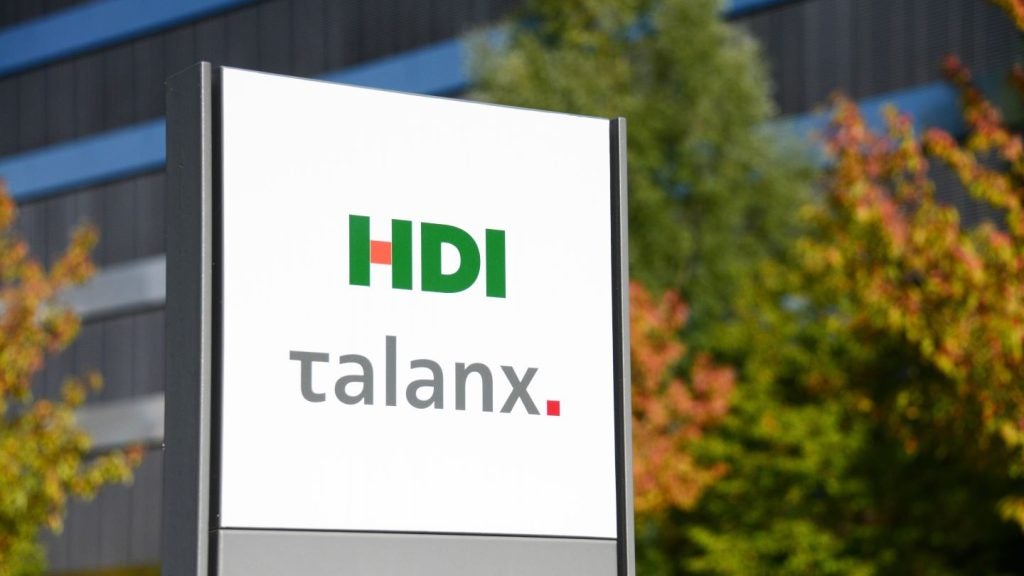Insurers, like all US
financial services companies, are crying foul over regulators’
newly crafted risk retention rules for the industry. Their
objections are multitude, but boil down to two fundamental issues.
Firstly, that requiring lenders of all kinds to keep at least 5% of
all loans originated rather than securitise 100% if they so desire
will tighten credit even more at the worst possible time. Secondly,
that treating all underlying assets, from mortgages to credit
cards, in the same way, will dry up the securitisation
market.
Life insurers, as major
players in the asset-backed securities markets, have joined a host
of financial services providers who have warned regulators that the
rules will make it nearly impossible to securitise some kinds of
debt.
“Insurers are a huge player
here,” Karen Petrou, managing partner at Federal Financial
Analytics, told LII. “This is their investment book.
Without highly rated asset-backed securities they have to go pretty
much all government investment, given their conservative risk
structures these days.”
Federal Financial Analytics
is a Washington-based consultancy that advises financial services
clients on regulatory affairs.
Primitive approach to
risk
The rules created an outpouring of industry angst, as
hundreds of letters poured in decrying what the industry sees as a
rather primitive way to address risk.
In a letter typical of the
comments sent by the industry, investment bank Morgan Stanley
predicted that the new risk retention rules would create
uncertainty in the markets for commercial paper.
“It is critical for any risk
retention requirements to focus on problematic asset classes and
not paint every securitisation as a problem that needs solution,”
wrote Morgan Stanley MD Stephen D’Antonio. “In the still weak
economic environment, it is important that credit not be
arbitrarily denied in all sectors of the securitisation market
because of excesses in limited sectors of that market.”
The American Bankers
Association called the rules “so flawed that it must be withdrawn
and reissued”.
Part of the pushback on the
rules might very well stem from the awesome scope of the effort
itself. The rules were drafted by the six regulatory agencies
charged with drafting the rules implementing the Dodd-Frank Act’s
risk retention requirements (the Treasury Department, the Federal
Reserve, the Federal Deposit Insurance Corporation, the Securities
and Exchange Commission, the Federal Housing Finance Agency, and
the Department of Housing and Urban Development) – itself a
controversy from beginning to end.
Tarred with the same
brush
A popular villain in the wake of the financial meltdown of
2008 was runaway loan origination and securitisation, with little
attention being paid to the underlying assets. This was because the
sale of the assets kept the originator one step removed from the
problems, which never revealed themselves until after they were
securitised.
Petrou said that while the
letters are voluminous, what they really get down to is the scope
of the rule, and its unbending treatment of any type asset, from
mortgages to business loans, in the same unyielding 5%
threshold.
“These assets are nothing
alike beyond the fact that they are assets,” she said. “They’re
issued by different entities, with very different terms, and they
are owned by all sorts of different entities. You don’t build a
50-story commercial building with a 30-year fixed-rate mortgage,
and you don’t lend money to a corporation the same way you lend
money to a small business.”
Some regulatory response was
inevitable: after all, it was the massive wave of defaults on
securities backed by subprime loans that ushered in the financial
meltdown. The idea emerged to have lenders keep a stake in any
loans they originate as a check against such abuses, and it was the
cornerstone of the proposed rule issued in April. Opposition
instantaneously emerged.
A bipartisan group of
lawmakers also have vocally opposed the risk retention rules,
fearing that it will lead to a credit crunch. The House Financial
Services Committee’s Capital Markets Subcommittee focused its ire
on the rules’ definition of “qualifying residential mortgages”, or
QRMs as they are called. QRMs are exempt from the requirements but
face strict underwriting criteria, most notably a 20% down payment
by borrowers.
Rules are
needed
No one in the financial services industry disagrees that
disclosure requirements and other rules for asset-backed securities
are needed; they simply disagree with the route that the agencies
have taken, arguing that the risk retention provision and other
proposed requirements would place too high a burden on the
industry. The industry also feels that the inflexibility of the 5%
threshold is better served by another provision in Dodd-Frank,
which, unlike the risk retention provision, gives regulators the
freedom to reduce that level as they see fit.
All that opposition has
little chance of is slowing down the risk retention rules in any
substantial way, though, as memories of the meltdown remain fresh
in the minds of not only regulators but voters as well.
Kevin Petrasic, a partner in
the Paul Hastings Global Banking practice in Washington DC, said
that while the risk retention rule is getting a lot of attention,
little changes are expected beyond some tweaking of the definition
of QRM and perhaps the breadth and depth of some
carve-outs.
“I wouldn’t expect wholesale
changes, but maybe some streamlining and greater sensitivity to the
overall impact, so the exceptions don’t swallow the rule,” Petrasic
said. “The regulators clearly wanted to understand the impact on
markets, and they have sought a lot of feedback, but when all is
said and done, this is an additional regulation heaped on a pretty
heavily burdened housing market, and so the marker has been put
out, and while there are carve-outs, it’s written into the law and
the regulators create the contours of the carve-outs.”
Petrou agrees that the uproar
is unlikely to accomplish much, but worries that the uncertainty
created by the rules is already having a huge effect on the
securitisation market.
“There are a lot of questions
about whether risk retention is the cure for all that went wrong,
but the law is the law, so you can blow off as much steam as you
want, but at the end of the day, what we need is
clarity.”
Charles
Davis







